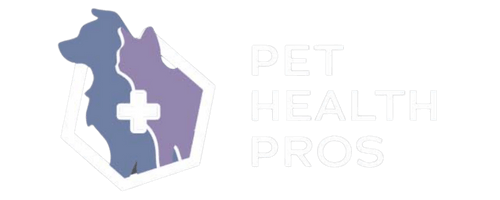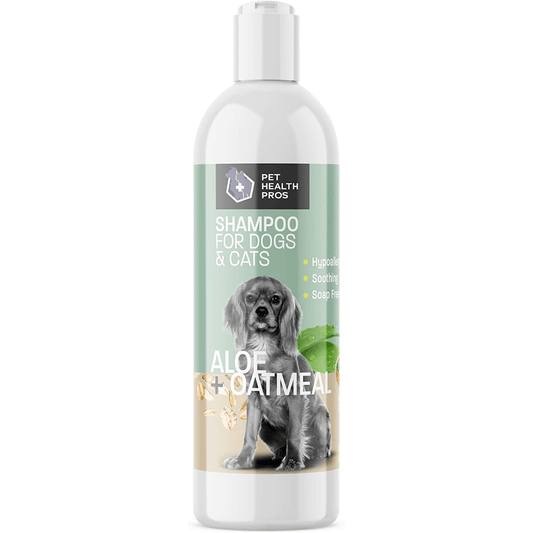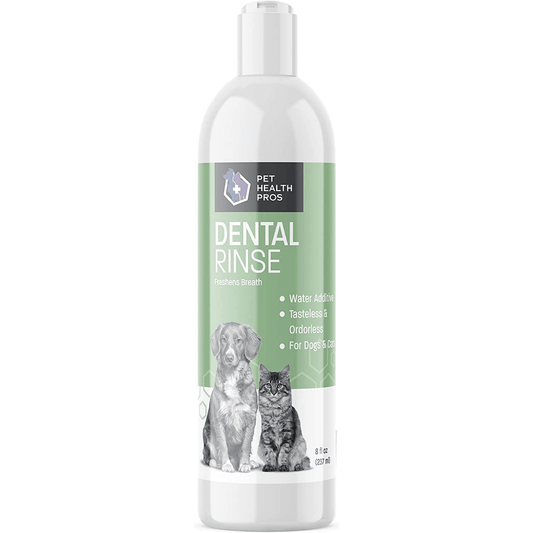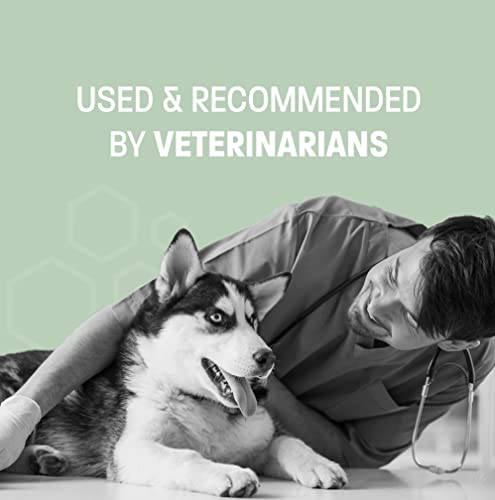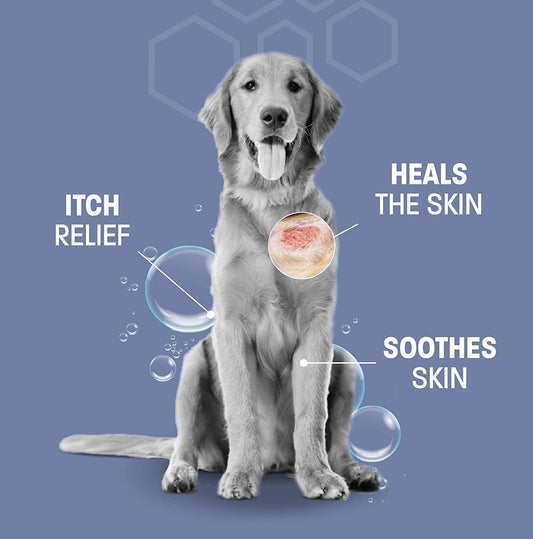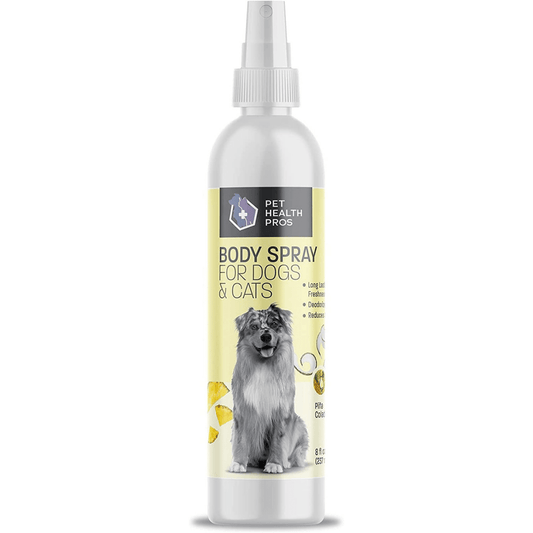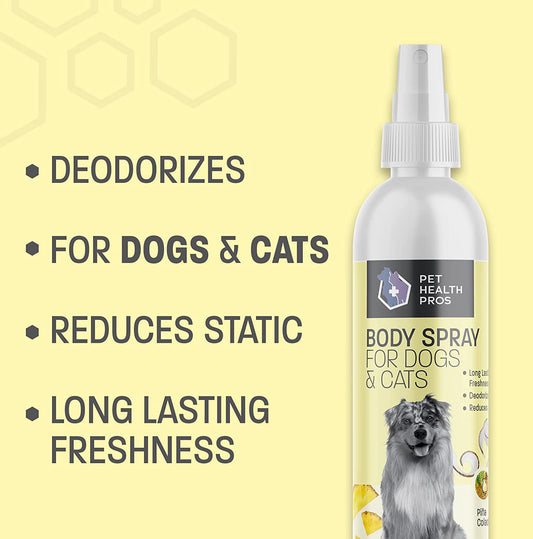When your pet suddenly falls ill or gets injured, it can be a scary time. You might find yourself rushing to an emergency vet, feeling anxious and unsure about what to expect. This guide is here to help you navigate that experience, so you can focus on getting your furry friend the care they need. We'll walk through the steps of an emergency vet visit, from recognizing when it's time to go, to understanding the procedures and costs involved.
Key Takeaways
- Recognize the signs that your pet needs urgent care to act quickly.
- Gather important info like medical history before heading to the vet.
- Expect initial assessments and possible wait times upon arrival.
- Be prepared for diagnostic tests and discussing treatment options.
- Understand potential costs and explore payment or insurance options.
Understanding the Importance of Emergency Vet Visits
Recognizing Signs of a Pet Emergency
Knowing when your pet needs emergency care can be tricky but is super important. Some signs are just too serious to ignore. Things like difficulty breathing, excessive bleeding, or sudden weakness are big red flags. If your pet's acting strange or showing signs of pain, it's better to be safe and get them checked out. Keep an eye out for unusual behaviors like hiding or aggression, as these can also signal something's wrong.
Why Timely Care is Crucial
When it comes to emergencies, time is of the essence. Quick action can make a huge difference in your pet's outcome. Delaying treatment can lead to complications or even worsen the condition. Pets can't tell us what's wrong, so it's up to us to act fast. Remember, getting to the vet quickly could save your pet's life.
Common Emergencies Requiring Immediate Attention
There are several emergencies that demand immediate vet attention. Here's a quick list:
- Trauma or injury, like being hit by a car or a fall
- Ingestion of toxic substances, such as chocolate or certain plants
- Severe allergic reactions, which might cause swelling or trouble breathing
Each of these situations can escalate quickly, so knowing what to do and acting promptly is key. In emergencies, your pet's health depends on how fast you respond.
Preparing for an Emergency Vet Visit
Gathering Essential Information
Before you head out to the emergency vet, it's important to have all the necessary details about your pet's health and recent activities. This includes their medical history, any medications they are currently taking, and details about the symptoms they're experiencing. Having this information ready can help speed up the process when you arrive at the clinic. If possible, jot down any changes in behavior or appetite, as well as any recent accidents or injuries. This will give the vet a clearer picture of what's going on.
What to Bring to the Vet
When you're rushing out the door during a pet emergency, it's easy to forget something important. Here's a quick checklist to help:
- Pet's medical records: Bring any documents related to past treatments or ongoing conditions.
- List of medications: Note down the names and dosages of any medications your pet is taking.
- Favorite toy or blanket: A familiar item can help soothe your pet during a stressful time.
Don't forget to bring your ID and a form of payment, as these will likely be required upon arrival.
Preparing Your Pet for Transport
Transporting your pet safely to the vet is crucial. If your pet is small, use a sturdy carrier to prevent them from moving around too much. For larger pets, ensure they are securely harnessed in the vehicle. Try to keep the environment calm and quiet to avoid further stress.
It's worth noting that using a service like Pet Genius can provide immediate guidance and help you stay organized during such a hectic time. Their platform offers personalized care advice, which might be just what you need in an emergency.
Consider practicing short car rides with your pet in advance, so they become accustomed to the experience. This can make a big difference when every second counts.
What to Expect Upon Arrival at the Emergency Vet
Initial Assessment and Triage
When you first arrive at the emergency vet, the staff will quickly assess your pet's condition. This initial step, known as triage, helps determine the urgency of your pet's situation. Pets with life-threatening issues are prioritized to ensure they receive immediate care. The vet team will ask for a brief history of the problem, so be ready to provide any relevant details about your pet's health.
Paperwork and Documentation
After the initial assessment, you'll need to fill out some paperwork. This typically includes providing your contact information, your pet's medical history, and any current medications they are taking. It’s a good idea to have this information handy to speed up the process. You might also need to sign consent forms for treatment or diagnostic procedures.
Understanding Wait Times
Wait times at an emergency vet can vary greatly, depending on the number of patients and the severity of their conditions. It's important to understand that more critical cases will be seen first, which might mean a longer wait for less urgent issues. Bringing your pet's favorite toy or blanket might help keep them calm during this time. For more tips on ensuring a calm vet visit for your dog, consider focusing on socialization and calming strategies.
"The emergency vet visit can be stressful, but being prepared and understanding the process can help ease the experience for both you and your pet."
Diagnostic Procedures During an Emergency Vet Visit
When you rush your furry friend to an emergency vet, understanding what happens there can be a bit overwhelming. Let's break down the diagnostic procedures you can expect during such a visit.
Common Diagnostic Tests
Upon arrival, the vet may perform several diagnostic tests to assess your pet's condition. These tests help in pinpointing the exact issue and deciding on the best course of action. Here are some common ones:
- Blood Tests: These are crucial for checking organ function and identifying infections or other systemic issues.
- X-rays: Used to look at bones and internal organs, helping to spot fractures or foreign objects.
- Ultrasound: Offers a closer look at soft tissues, like the heart and abdominal organs.
Interpreting Test Results
Once the tests are done, the vet will interpret the results. This step is vital for forming a treatment plan. The vet will explain what the results mean in simple terms, so you know exactly what's going on with your pet. It's all about making sure you have a clear picture of your pet's health.
Discussing Treatment Options
After you understand the test results, it's time to talk about treatment options. The vet will outline possible treatments, including medications, surgery, or other interventions, depending on the diagnosis. They'll also discuss the expected outcomes and any potential risks involved.
Being prepared for these discussions can ease the stress of the situation, allowing you to make informed decisions about your pet's care.
For more on maintaining your pet's health, consider scheduling an annual vet exam to keep track of their well-being and catch any potential issues early. Regular check-ups are a proactive way to ensure your pet stays healthy and happy.
Treatment and Care Options Available
Emergency Medical Interventions
When your pet faces an emergency, quick medical intervention can make a huge difference. Vets often start with stabilizing your pet, which might involve administering fluids, oxygen therapy, or medications to manage pain and inflammation. Swift action is vital in critical situations to ensure your pet's best chance of recovery. They might also use methods to control bleeding or to manage shock, depending on the severity of the condition.
Surgical Procedures
Sometimes, surgery is the only option to save your pet's life. This could range from removing foreign objects that your pet might have swallowed to more complex procedures like repairing a fracture or addressing internal injuries. Surgeons will explain the risks and benefits before proceeding, ensuring you're informed every step of the way.
Post-Treatment Care and Monitoring
After the initial treatment or surgery, your pet will need ongoing care. This might involve staying at the clinic for monitoring, especially if they've undergone anesthesia or a significant procedure. Monitoring is crucial to catch any post-surgical complications early. At home, you'll need to follow the vet's instructions closely, which may include administering medications, managing wound care, and limiting your pet's activity to aid recovery.
Taking care of a pet after an emergency can be daunting, but with the right guidance and support, you can help your furry friend bounce back to health. Always keep communication open with your vet to ensure you're doing everything necessary for a smooth recovery.
Costs and Financial Considerations
Understanding the Cost Breakdown
When you're heading to the emergency vet, the costs can really add up fast. First, there's the initial exam fee, which is usually higher than a regular vet visit because it's outside normal hours. Then, depending on what's needed, you might face charges for diagnostic tests like blood work or x-rays. If your pet needs surgery or specialized treatment, those costs can skyrocket. It's important to be prepared for these expenses so you're not caught off guard.
Payment Options and Insurance
Paying for emergency care can be stressful, but there are options to help manage the cost. Many clinics offer payment plans or work with third-party financing companies. Having pet insurance can also be a lifesaver. Policies vary, so it's a good idea to understand what your insurance covers before an emergency strikes. If you don't have insurance, you might want to look into it for peace of mind. Pet insurance is essential for ensuring the health and well-being of pets, providing financial protection against unexpected medical expenses.
Planning for Future Emergencies
Nobody likes to think about their pet having another emergency, but planning ahead can make a big difference. Start by setting aside a small amount of money each month into a savings account dedicated to pet emergencies. You could also explore different insurance options to find one that fits your needs and budget. Having a financial plan in place means you can focus on getting your pet the care they need without worrying about the cost.
Being financially prepared for a pet emergency isn't just about having money saved; it's about peace of mind. Knowing you can handle whatever comes your way helps you stay calm and focused on your pet's well-being.
Follow-Up Care After an Emergency Vet Visit
Scheduling Follow-Up Appointments
After an emergency vet visit, it's important to schedule follow-up appointments to monitor your pet's progress. These check-ins allow the vet to assess healing, adjust medications, and ensure no complications have arisen. Timely follow-ups can significantly impact your pet's recovery. Make sure to note any changes in your pet's behavior or health and bring these up during the appointment.
Monitoring Your Pet's Recovery
Keeping an eye on your pet's recovery is crucial. Watch for signs of discomfort, unusual behavior, or changes in appetite. Keep a daily log of these observations, as they can be helpful for the vet. This is also a good time to ensure your pet is getting the proper care it needs, like rest and a suitable diet.
Preventing Future Emergencies
Prevention is key to avoiding future trips to the emergency vet. Here are some steps you can take:
- Regular Check-Ups: Schedule routine vet visits to catch potential issues early.
- Safe Environment: Ensure your home is pet-proofed to prevent accidents.
- Healthy Lifestyle: Provide a balanced diet and regular exercise to keep your pet in good health.
Taking proactive measures not only helps in maintaining your pet's health but also reduces the likelihood of emergencies. By understanding the specific needs of your pet, you can create a safer and healthier environment for them. For more on proper pet care, consider reading this comprehensive guide on pet health and safety.
After your pet's emergency vet visit, it's important to keep a close eye on their recovery. Make sure to follow any care instructions given by the vet. If you notice any unusual behavior or symptoms, don't hesitate to reach out to your vet. For more tips on how to care for your pet after a vet visit, visit our website!
Conclusion
So, there you have it. An emergency vet visit can be a bit overwhelming, but knowing what to expect can make it a little easier. Remember, the vet and their team are there to help your pet get better. It's okay to ask questions if you're unsure about anything. Keep calm, and trust that you're doing the best for your furry friend. Hopefully, this guide has given you a clearer picture of what goes on during these visits. Take a deep breath, and know that you're not alone in this. Your pet's health is important, and getting them the care they need is what matters most.
Frequently Asked Questions
What are the signs that my pet needs emergency care?
Look for signs like trouble breathing, bleeding, or if your pet is not moving. If they seem very sick or in pain, it's best to see a vet right away.
What should I bring to the emergency vet?
Bring your pet's medical records, a list of any medicines they're taking, and any important information about their health.
How long will I have to wait at the emergency vet?
Wait times can vary. It depends on how many pets are there and how serious their conditions are. Emergency cases are usually seen first.
What kind of tests might the vet do?
The vet might do blood tests, X-rays, or ultrasounds to find out what's wrong with your pet.
How can I pay for emergency vet care?
Many vets accept credit cards, and some might offer payment plans. It's a good idea to check if they take pet insurance.
What happens after my pet gets treated?
After treatment, the vet will give you instructions on how to care for your pet at home. You might need to schedule a follow-up visit to check their recovery.
